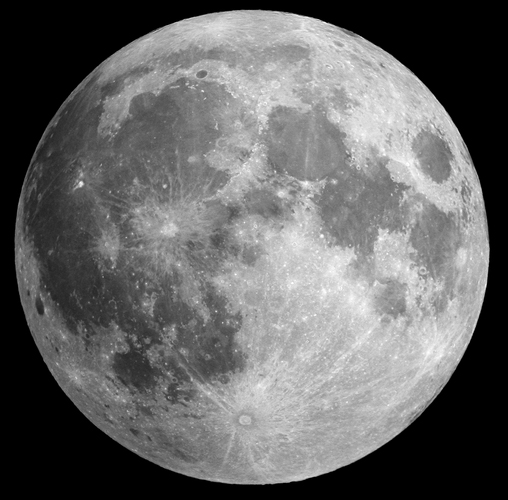
Florida researchers propose a new method, called Aqua Factorem, to extract lunar water. It will drastically reduce energy and complexity of lunar mining operations helping to establish this industry. Other methods to extract water from the regolith are based on phase change, pumping energy into the regolith to sublimate the ice into vapor, then capturing the vapor, re-freezing it, and hauling the solid ice to a chemical processor where it is converted again into vapor for purification then electrolysis.
This requires transporting high power into the permanently shadowed regions (PSRs) not only to vaporize the ice in situ in the soil but to heat the surrounding soil itself, which is wasted energy. Still other methods are based on strip mining and hauling the resource along with slag (the unwanted silicates, which constitutes about 95% of the mass), to a processing unit that is located outside the PSRs. That may be a simpler architecture but is generally not favored because hauling 49,000 t of regolith over many kilometers yearly to produce the projected demand of 2,450 t of propellant would be terribly difficult and expensive with high risk that the vehicles will get stuck driving with such loads across the unprepared regolith.
The new approach takes advantage of the processing that the unique lunar geology has already performed. Micrometeoroid bombardment has already broken most solid material in the upper part of the regolith into fine grains. This includes solid material of all compositions, including the ice, which is as hard as granite at PSR temperatures and is therefore essentially another type of rock. These ice grains are intermixed with all the other minerals, so a simple, ultra-low-energy grain-sorting process can extract the ice without phase change. As another benefit it can extract the 1 wt% free metal known to be in lunar soil, again with very little energy. The ice can then be hauled to the chemical processing unit in solid phase and converted into rocket propellant.
They estimate the 800 kW power needed for thermal extraction can be reduced to less than 100 watts using the new method. This affects the entire architecture of the mining operation producing extensive economic benefit, which we will quantify in this study. They will look at a mission to mine propellants commercially for space tugs that boost commercial communication satellites from Geosynchronous Transfer Orbit (GTO) to Geostationary Orbit (GEO) then return to the lunar surface for refueling. This simple architecture requires the minimum number of in-space elements, and notably does not require an in-space propellant depot, so it provides the lowest cost and lowest risk startup for a commercial operation. The study will also test the innovative Aqua Factorem process through laboratory experiments, and this will produce basic insights into the handling of lunar resources.
